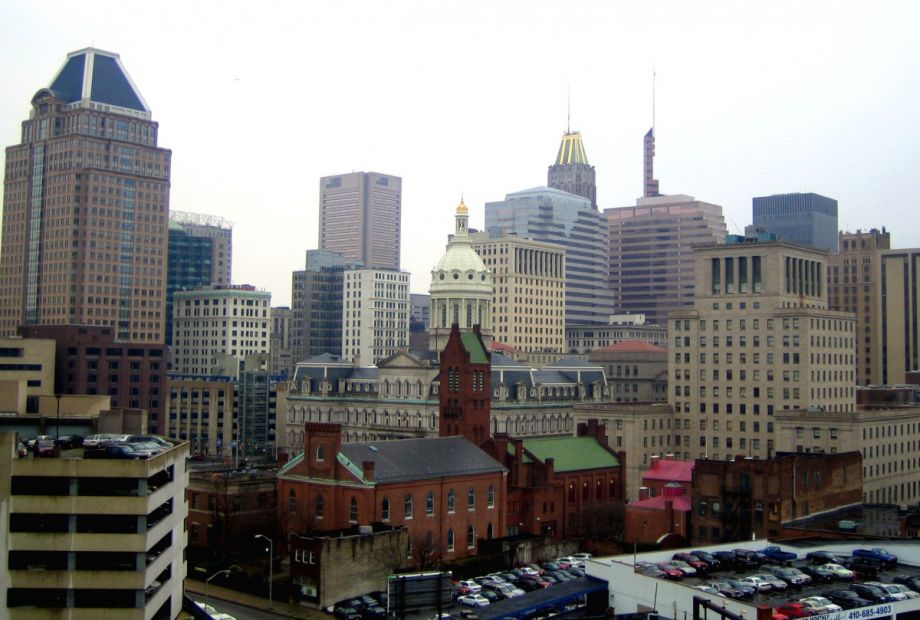
February 18, 2019
By Siena DeMatteo and Mac McComas
The 2018 midterm elections witnessed a growth in attention to ballot measures as a method of passing new legislation across a variety of policy areas at the state and local levels. Most of the focus of news media was on impactful state level measures like the passage of Florida’s Amendment 4, which restored voting rights to ex-felons. While ballot measures are more well-known for appearing on statewide ballots in places such as California and Colorado, they are also featured on city and county ballots.
In their book The New Localism, Bruce Katz and Jeremy Nowak argue that “power is shifting in the world: downward from national governments and states to cities and metropolitan communities.” In the wake of federal dysfunction, seen most recently in the government shutdown, localities are exploring new ways of investing, governing, and financing action at the local level. Ballot measures represent one avenue for policymakers and citizens alike to operate and legislate in the age of “new localism.”
What issues are cities addressing through the use of the ballot measure? Have they changed over time? Are some cities using the ballot measure more than others? In the following policy brief, we review recent trends in use of the ballot measure in 14 U.S. cities.

